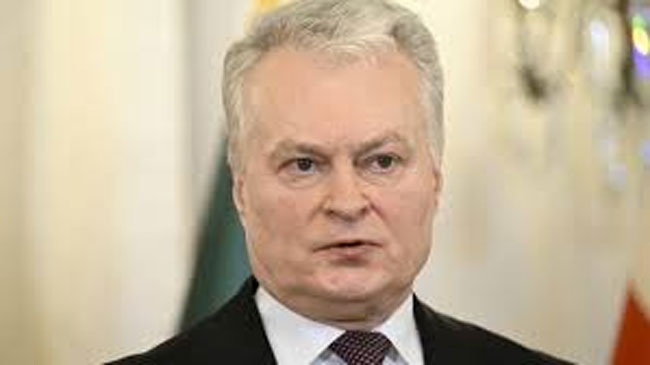Vilnius: The ongoing war between Russia and Ukraine, which has raged for over three years, has caused immense destruction and loss of life. Neighboring countries are also bearing the brunt of the conflict, with many living under constant fear of a possible Russian attack. Following Poland, Baltic nations, including NATO member Lithuania, are now grappling with this looming threat. In response, Lithuania’s President Gitanas Nausėda has announced a significant increase in defense spending, committing 5-6% of the nation’s GDP to security.
According to an Associated Press report, President Nausėda stated on Friday that Lithuania plans to raise its defense budget to 5-6% of GDP by 2026, citing the risk of Russian aggression in the region. Currently, the country, which shares a border with Russia, spends just over 3% of its GDP on defense.
This announcement makes Lithuania the first NATO country to set such a high defense spending target. Nausėda called the decision by the State Defense Council a “historic move.” By reaching this target, Lithuania would become the NATO member with the highest defense spending as a percentage of its GDP.
Currently, Poland is the only NATO country allocating more than 4% of its GDP to defense. Poland, facing similar threats from Russia, plans to increase this figure further. Recently, Poland deployed fighter jets and anti-missile systems along its northern border to counter any potential Russian aggression.
Earlier this month, former U.S. President Donald Trump suggested that NATO countries should allocate at least 5% of their GDP to defense, far exceeding the current 2% target. He also mentioned the possibility of using military force to gain control of Greenland, an autonomous territory of NATO member Denmark.
The Baltic countries, including Estonia, Latvia, Lithuania, and Finland, situated along the eastern coast of the Baltic Sea, have been significantly impacted by escalating regional tensions. Lithuania’s move underscores its commitment to bolstering defense in the face of rising geopolitical risks.




